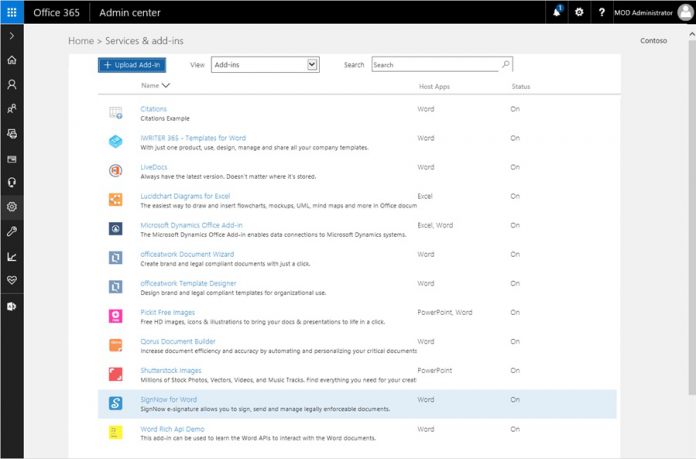Of course, this means all Office users can now download the full version of the add-in. Like other additional features, Centralized Deployment gives Office users more tools to personalize their experience. With the new feature, users can use PowerShell scripts or the Office 365 admin center to deploy Office web add-ins. These additions can be for groups, organizations, and individuals. Sharing the add-ins through Centralized Deployment directly from Office apps like Word, Excel, and PowerPoint. It works across platform on Windows, Mac, and Office Online. Any add-ins already installed will be viewable in the ribbon of the chosen app.
Embracing Power BI
In unrelated recent Office 365 news, Microsoft announced last week the Office 365 Adoption Content Pack for Power BI. The content pack merges Office usage report with interactive features found in Power BI. By leveraging Office 365, administrators can get clearer data on adoption. Microsoft says this will make employee training more efficient. For example, if someone doesn’t know how to use Skype for Business, the IT department can connect with that person and provide them more info or training courses. The dashboard consists of four main insights: Understanding adoption, Communication, Collaboration, and Activation.
“Understanding adoption area—Offers an all-up summary of adoption trends that helps you understand how users have adopted Office 365. Communication area—Highlights the services that people use to communicate, such as Skype for Business, Exchange, and Yammer. Collaboration area—Shows how people in your organization use OneDrive for Business and SharePoint to store documents and work together—including how many users are active on their own accounts versus accounts owned by others. Activation area—Helps you understand Office 365 ProPlus, Project Pro and Visio Pro activations in your organization.”

